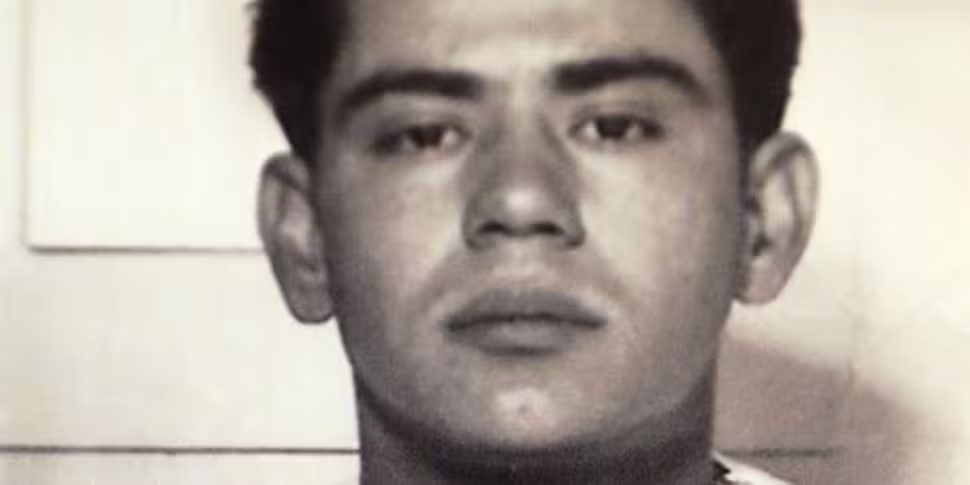Like the Pledge of Allegiance and the lyrics to the theme from Fresh Prince of Bel Air, through the properties of pop-cultural osmosis, it’s fair to say you can read somebody their Miranda rights. You have the right to remain silent. Anything you say can and will be used against you in a court of law. You have the right to an attorney. If you cannot afford an attorney, one will be provided for you.
It’s a drill we’ve heard a million times in movies and police procedurals, the kind of baseline rule of interactions with the police so well known that you can’t help wondering at 3am in the morning during a Making a Murderer binge that anyone would ever speak to detectives without having a lawyer present. You know the sentence, you know your rights. And you have Ernesto Miranda to thank for it.
It was March 13th, 1963, when the Mexican immigrant living in Phoenix, Arizona, turned up voluntarily at a police station to answer some questions about a criminal investigation into the theft of $8 from a bank employee. But three years later, Miranda was the focal point of one of the most significant rulings in the history of the Supreme Court of the United States – and earned his place in the history of pop culture with arguably one of the best-known phrases in the history of media.
Uneducated to his rights, Miranda confessed not only to the crime of theft during his two-hour interrogation by Phoenix police, but also confessed to kidnapping and raping an 18-year-old woman the week before. Writing up his statement, Miranda copied his admission under the phrase “I do hereby swear that I make this statement voluntarily and of my own free will, with no threats, coercion, or promises of immunity, and with will knowledge of my legal rights” at the top of the document. Despite the fact that the officers in charge of interviewing him had never alerted him to his rights to remain tight-lipped about any of his previous crimes and that he was entitled to a lawyer present to guide him through the process.

Retired Phoenix Police Capt. Carroll Cooley was the arresting officer of Ernesto Miranda on March 13, 1963, that led to the landmark self-incrimination case that reached the Supreme Court [AP Photo/Matt York]
Learning this error during a cross-examination at his trial, Miranda’s lawyers sought to overturn his conviction, with his case going all the way to the Supreme court in the landmark Miranda v. Arizona ruling on June 13th, 1966.
Not all of the presiding judges agreed, but the court sided with Miranda five to four, with Chief Justice Earl Warren saying: “It is not admissible to do a great right by doing a little wrong. [...] It is not sufficient to do justice by obtaining a proper result by irregular or improper means.” This set about the introduction of guidelines as to how all persons detained by police officers must be informed of their rights in a timely and official fashion.

The Justices of the Supreme Court of the United States of America that presided over Miranda v. Arizona, their decision split five to four in his favour [Wiki Commons]
But what of Ernesto Miranda? Although his original conviction was overturned by the Supreme Court, he was re-tried and once again convicted of kidnapping and sexual assault, serving his sentence in jail until 1972. During this time, he would sell his autograph around the Maricopa Court Superior Court building to police and lawyers who had taken to handing out cards with the rights bearing his name on them. But Miranda struggled to go straight, going in and out of jail several more times until 1976.
One night, 40 years ago on January 31st, during a $2 card game at the La Amapola Bar in Phoenix, a war of words broke out amongst the players, Miranda included. Things escalated quickly, knives were drawn, and during the ensuing melee, Miranda was stabbed a number of times, dying on the site. In a twist of karma, the man who had handled the blade used to kill Miranda was arrested, informed by the investigating officers of his right to remain silent, which he invoked. Fernando Zamora knew he had no obligation to speak to police and refused to answer who had actually stabbed Miranda in the chest, allowing that man to escape to Mexico never to be seen again.









